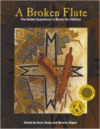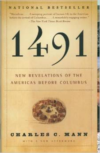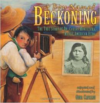Description
At the height of their power in the late eleventh century| the Chaco Anasazi dominated a territory in the American Southwest larger than any European principality of the time.
A vast and powerful alliance of thousands of farming hamlets and nearly 100 spectacular towns integrated the region through economic and religious ties| and the whole system was interconnected with hundreds of miles of roads.
It took these Anasazi farmers more than seven centuries to lay the agricultural| organisational| and technological groundwork for the creation of classic Chacoan civilisation| which lasted about 200 yearsonly to collapse spectacularly in a mere 40.
Why did such a great society collapse? Who survived? Why? In this lively book anthropologist/archaeologist David Stuart presents answers to these questions that offer useful lessons to modern societies.
His account of the rise and fall of the Chaco Anasazi brings to life the people known to us today as the architects of Chaco Canyon| the spectacular national park in New Mexico that thousands of tourists visit every year.
Chacos failure| Stuart argues| was a failure to adapt to the consequences of rapid growth.Foremost among Chacoans problems were misuse of farmland| malnutrition| loss of community| and inability to deal with climatic catastrophe.
The descendants of the Anasazi| the Pueblo Indians of the Southwest| adapted strategically to minimise the impact of these problems.






Reviews
There are no reviews yet.